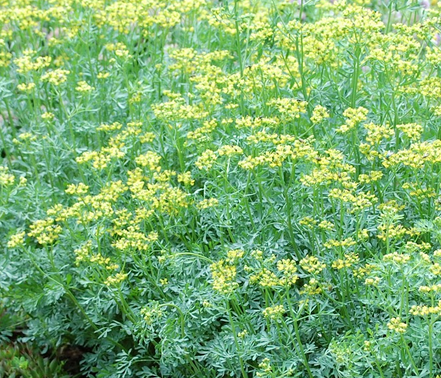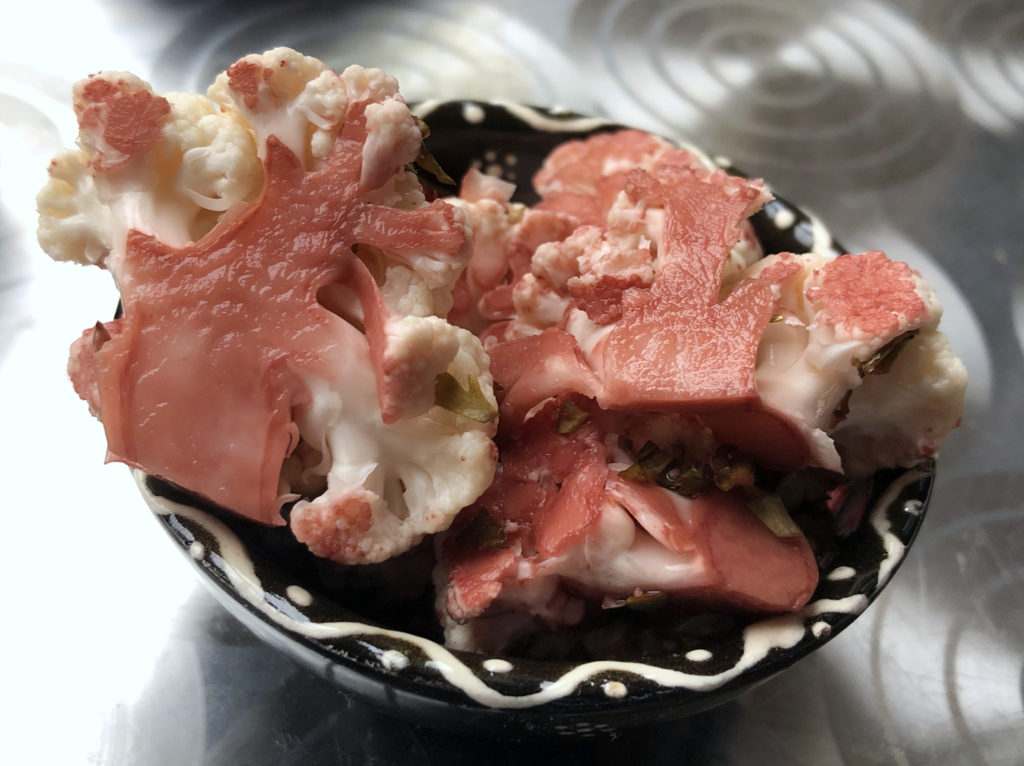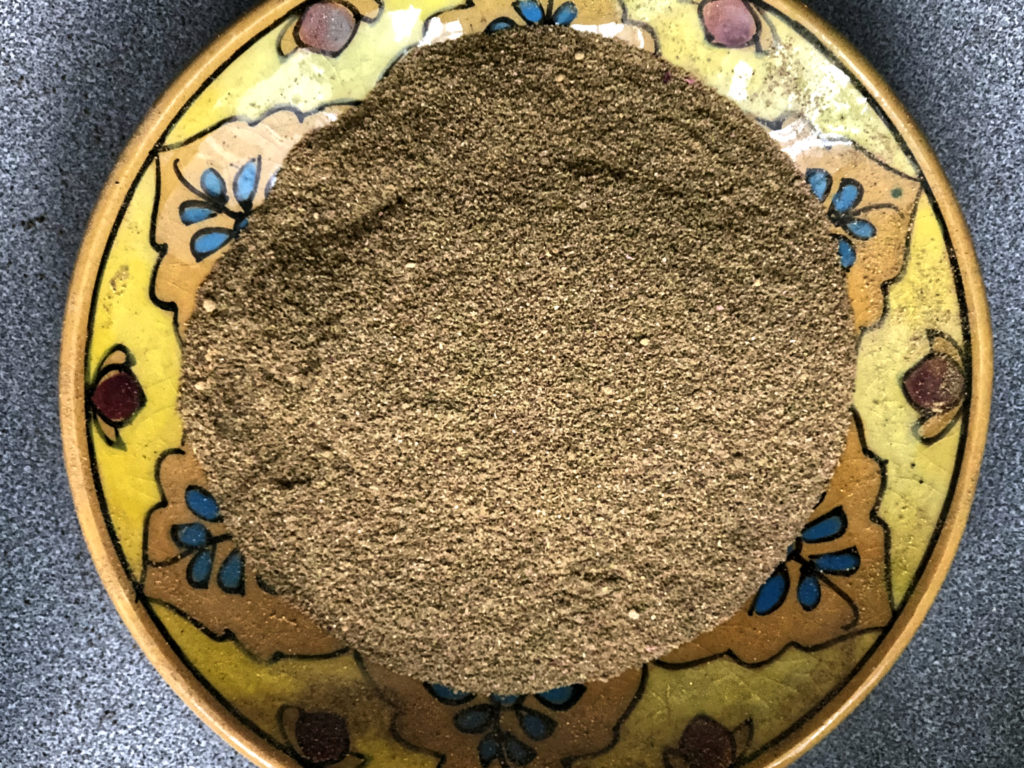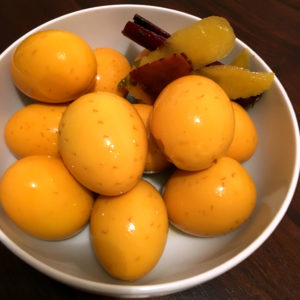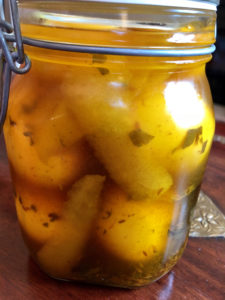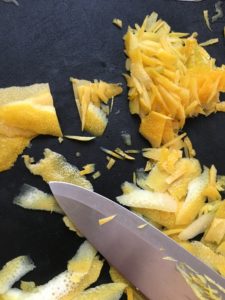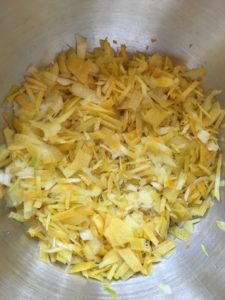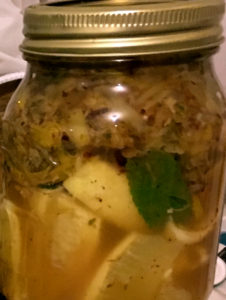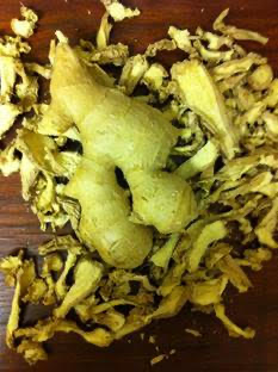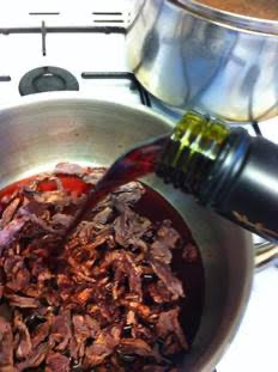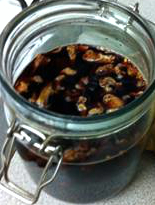Known in Arabic as sadhab (سذاب), rue (Ruta graveolens), a small evergreen with a bitter taste, comes in both a wild and cultivated variety. It was already one of the most-used herbs in Roman cooking (it is required in over a quarter of the first-century compilation attributed to Apicius), even though it was considered an anaphrodisiac, and harmful to pregnant women.
In mediaeval Arab cuisine, it was used both fresh and dried in a wide variety of dishes (fish, meat, condiments), and was often added to assist digestion and reduce bloating. One 10th-century author recommended adding rue to a burnt dish since it removes the burnt taste. It also served to mask the smell of garlic and onion. Medicinally, it was prescribed in remedies against alopecia, paralysis, sciatica, and to strengthen the eyesight. When used in a preparation with pomegranate peel, it treats ear- ache and tinnitus. It was also considered an antidote for all poisons. On the downside, it dries out semen, reduces sexual desire, causes constipation, and harms the eyesight! Interestingly enough, in mediaeval Europe, rue became known as a deterrent against witches. In any case, you won’t rue the day that you started using this wonderful herb.
